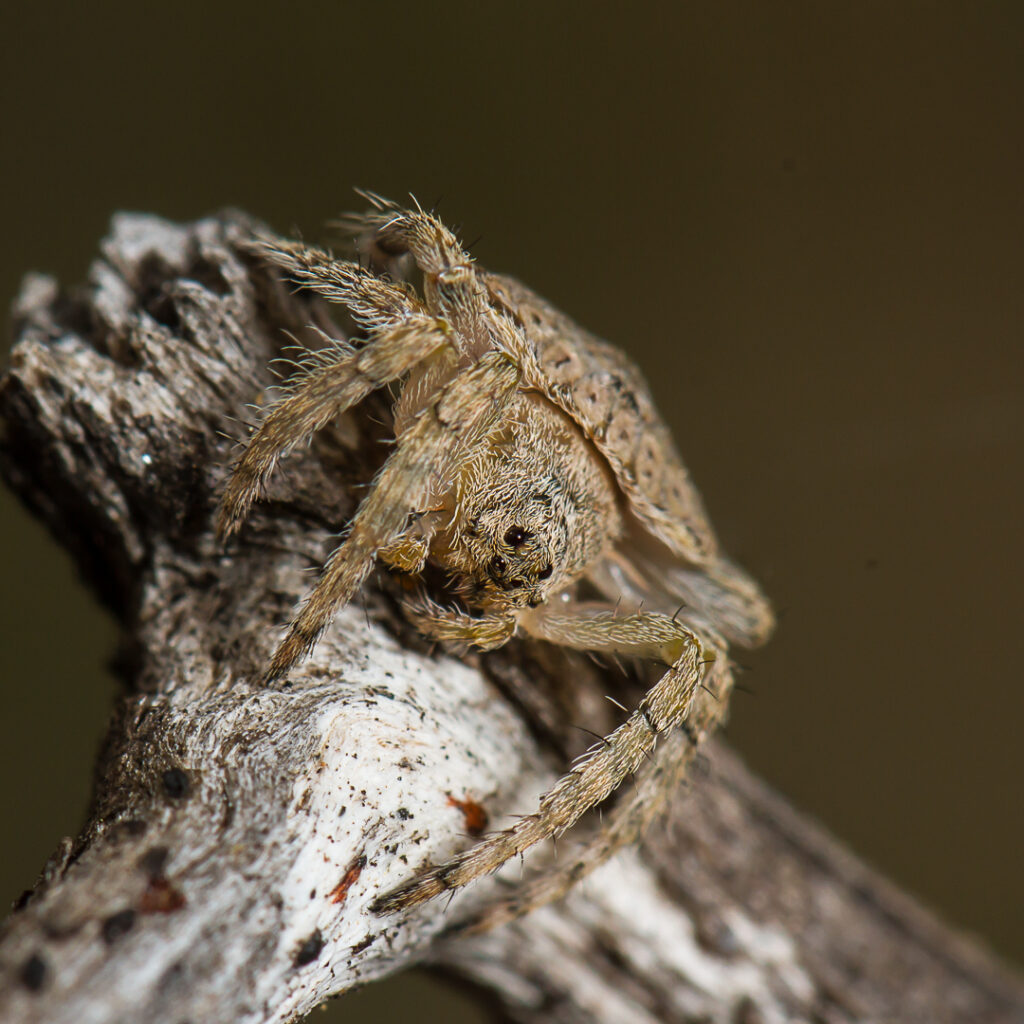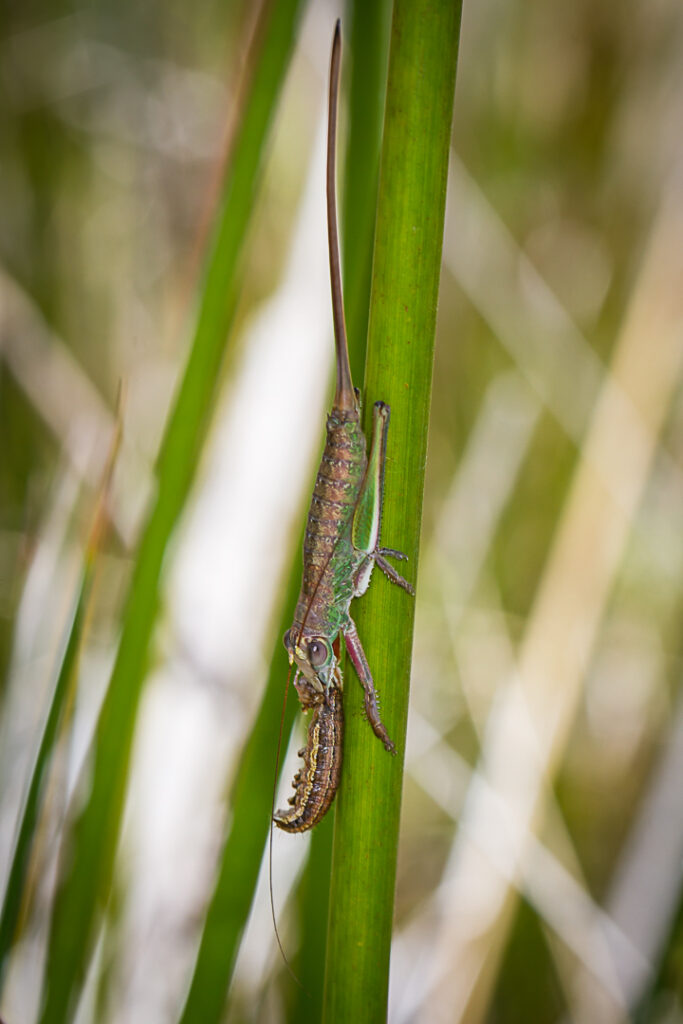KRM Branch Excursion – 21 Nov 2021
Our November field outing was to Lake McLarty, and a group of ten met up at the southern entrance on a fine morning. We found large numbers of waterbirds present. Conditions were also unfavourable for the smaller waders (Pied Stilts were the only members of this category sighted). Consequently, Grey Teal, Pacific Black Duck, Australian Shelduck, Hardhead and Black Swans made up most of the birds on the lake itself. Australasian and Hoary-headed Grebes were also present, along with Little Pied Cormorants and Pelicans. Around the edges, the larger waders, such as White-faced Heron, White-necked Heron, White Ibis, Straw-necked Ibis and Yellow-billed Spoonbill, were spotted. It was difficult to appreciate how many birds were present until a Swamp Harrier soared overhead and put up large flocks of the smaller ducks. Many Black Swans were accompanied by groups of cygnets, which was good to see because the area where the swans typically nest was still flooded, and no nests were to be seen.

We decided to explore the inlet drainage system. Dragonflies were plentiful as we walked along, including the Wandering Percher (Diplacodes bipunctata). Daniel took the opportunity to shake a few shrubs above his up-turned umbrella to see what invertebrates he could locate. In one, he found a Wrap Around Spider (Dolophones sp.), a nice find and the first of this family that I had seen. The inlet drainage system has been modified in the last few years following the purchase of some farming paddocks by DBCA. We did not see any more wetland bird species but did add a number of woodland birds to our list for the day.
Wrap Around Spider (Dolophones sp.) – Image by Colin Prickett
An investigation of one of the remnant pools revealed a large number of invertebrate species, which Daniel Heald summarized as containing: Riffle Bugs (Veliidae), Water Boatmen (Corixidae), Backswimmers (Notonectidae), and Toad Bugs in the genus Nerthra (Gelastocoridae). There were unidentified water beetles in the water and thousands of Rove Beetles around the margins. Also spotted were Damselfly Naiads, Brine Flies (Ephydridae), Non-biting Midges (Chironomidae), and Short-palped Craneflies (Limoniidae), and thousands of minute dark flies hovering over the damp sand.

Other species included: Long-horned Caddisfly larva (Leptocneridae), Scuds (water-dwelling Amphipoda) and Freshwater Snails. A special find on a clump of reeds was a Tympanophora sp – Balloon-winged Katydid in the process of eating a small caterpillar.
After the morning tea, we made our way around to the lake’s western side, where we added a few more bird species to our list, including Splendid Fairy Wrens and a Scarlet Robin. In total, our list uploaded to Birdata was 39 bird species. The water levels in the lake bode well for a delayed drying out that may result in it being a good staging point in February/March for migratory shorebirds as they feed up for their flight north. If so, it will be worth a return visit at that time as upwards of 30,000 birds have been counted on the lake at such times.
Colin Prickett

